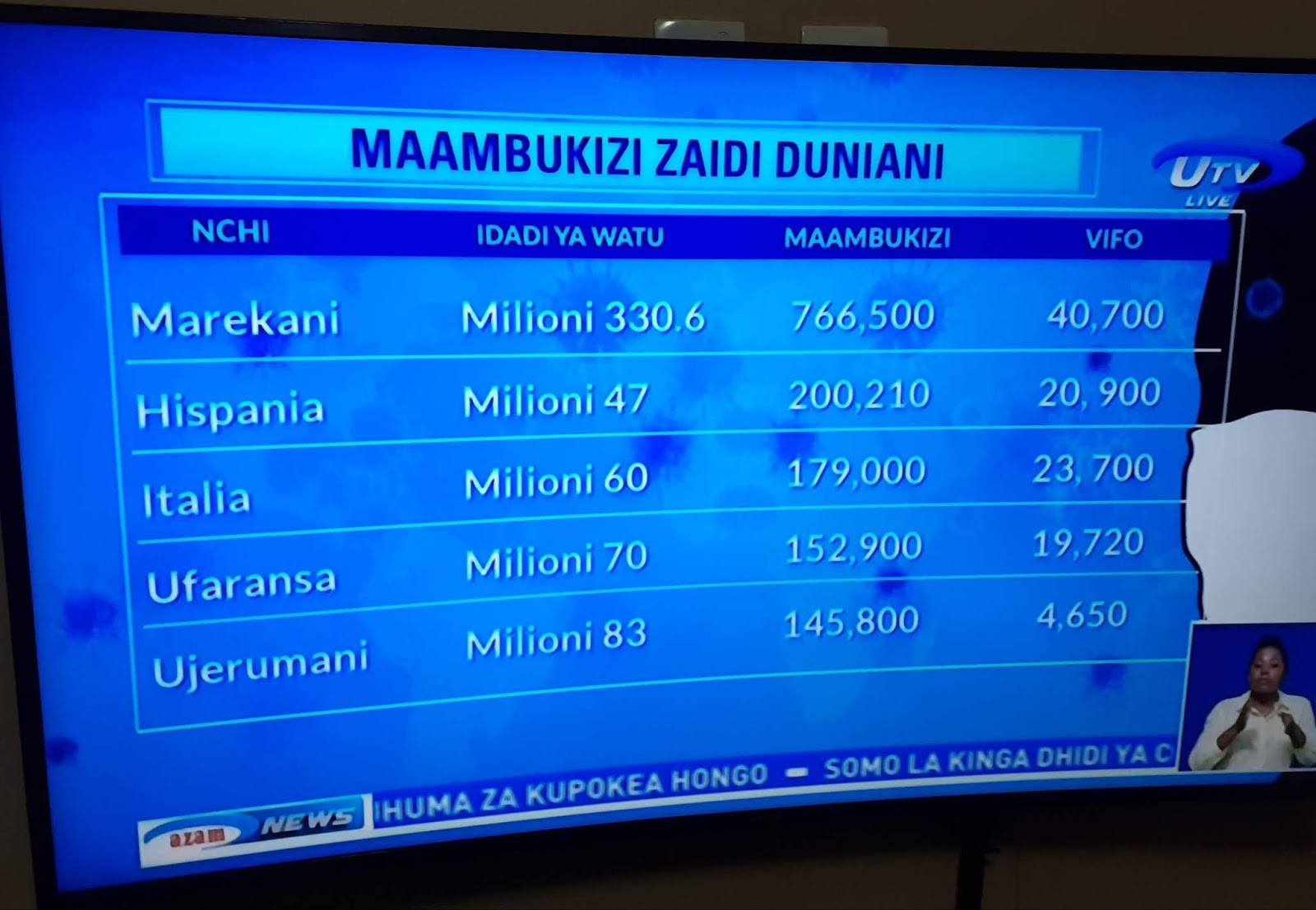
The moon, Mars, Saturn, and Jupiter visible near Tehran, Iran on Friday morning, April 17. (Taha Ghouchkanlu via SpaceWeather.com)
Looking for a fun way to pass the time while social distancing? The heavens will be putting on a free show this weekend, with an ornamental assortment of planets decorating both the morning and evening skies.
Weather permitting, you’ll be able to catch the celestial rendezvous all weekend long. In the evenings you can spot Venus, while mornings will offer a lineup of the moon, Mars, Saturn, and Jupiter.
[Mark your calendar for these celestial events in 2020]
After sunset
The days have been growing, leading to later sunsets as we steadily inch towards the summer solstice. In Washington, D.C. for instance, out sunsets have inched up to near 7:50 p.m.. That’s a big difference from the quarter to 5 sunsets back in December. The nation’s capital has gained 3 hours 45 minutes of daylight since then.
But after sunset these next few days, look to the west above where the sun went down. Venus will be shining brilliantly above. It won’t set below the horizon until about 11:30 p.m. for the remainder of April.
Venus is second planet from the sun, lying inside earth’s orbit. That’s why we can only see Venus when the sun is nearby — meaning around sunset or sunrise. Mercury, closest to the sun, is even tougher to spot.
Venus is about 86 percent the volume of Earth, meaning it’s of comparable size. However, its atmosphere is 92 times heavier than that of Earth’s. On a trip to Venus, you’d be poisoned to death, crushed to death, and burned to death all at once — so we recommend enjoying it from a distance. The evening sky is a great opportunity to do so.
Before sunrise

The moon, Mars, Saturn, and Jupiter shine before sunrise in Ronceverte, WV., on the morning of Thursday, April 16. (Abel Nobel via SpaceWeather.com)
The prettiest sky show will come prior to sunrise, a treat for early risers willing to awaken before the crack of dawn.
Above and to the right of the moon, a faint but visible Mars will shine in red. Equally dim and farther above and to the right will glisten Saturn, followed by a blazing Jupiter leading the pack.
Jupiter is the largest planet in the solar system. Its mass is two and a half times greater than the sum of all the solar system’s other planets combined!
Around Washington, clouds are likely to obscure viewing the moon and the planets on Saturday, but Sunday should offer a nice opportunity with clear skies.
Watching the solar system at work with its celestial bodies splayed out across the night sky is both as scientifically marvelous as aesthetically sublime. It’s the perfect activity for an evening or morning of social distancing — especially for folks with children.
And good news down the road for those who need something to grin about: Jupiter, Venus, and the crescent moon will be smiling overhead on May 16 - the planets forming eyes, while the moon makes the mouth.















































